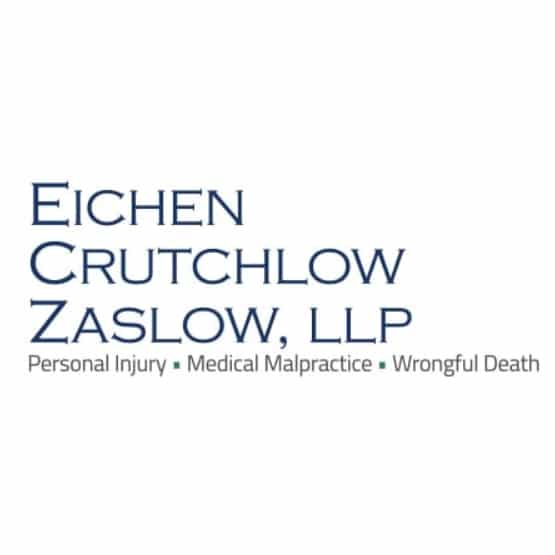How Do You Know If Your Child Suffers a Brain Injury?
A brain injury occurs when a patient suffers damage to the skull, brain, scalp, or any other tissue or blood vessels found in the head. A brain injury can be classified as a traumatic brain injury (TBI) based on the severity of the injury to the child.

How is your child’s brain injury diagnosed?
The healthcare provider will ask about your child’s symptoms, health history, and recent injuries. Your child will be given a physical exam and might undergo additional tests such as blood tests, x-rays, MRIs, CT scans, and neuropsychological testing. If your child plays an organized sport, he or she will usually have an “ImPACT” test. This test is used to measure your child’s brain processing. Children usually have this test at the beginning of the sports season and again should they suffer from a head injury.
How your child’s head injury will be treated
The treatment your child receives will depend on your child’s symptoms, age, and general health, as well as the severity of the condition. General treatment procedures include rest, ice on the area, antibiotic ointment and a bandage, stitches in the scalp to close the wound, and being watched for a period of time. For more severe injuries, treatment procedures include medicine to cause them to relax or sleep, help with breathing from a breathing machine, diagnostic tests, surgery, or referral to a traumatic brain injury specialist.
What are the common causes of head injuries in children?
Some common causes of head injuries in children include sports injury, falls, and motor vehicle accidents. Other risks include:
- Diving injuries
- Acts of violence
- Amusement park rides
- Being hit by a falling object
- Being shaken
The risk of head injury is highest for children in their teens, and greater numbers of boys sustain head injuries than girls. The risk increases during the warmer months, when children are more likely to be outside.
What brain injuries are caused by head trauma?
Children fall – a lot. It is part of the process of growing up. But when a child falls and strikes his or her head, the trauma can lead to a brain injury. Being hit by an object, getting into a car accident, and even an act of labor and delivery negligence can all lead to brain injuries like:
- A concussion is an injury to the head that prevents the brain from normal operations for a short period. A child can suffer issues with alertness and loss of awareness for up to a couple of hours. Concussions can be mild or brief, and it is hard to know right away when a person is suffering from a concussion.
- A contusion occurs when your child suffers a brain bruise. When a child suffers a contusion, he or she will have swelling and bleeding inside the brain where the injury occurred. A contusion can appear on the opposite side of the head where it was struck because the brain was violently rocked into hitting the other side of the skull.
- Skull fracture. A skull fracture occurs when the skull bone suffers a break. There are four types of skull fractures: basilar, diastatic, depressed, and linear.
- A basilar skull fracture occurs when a bone from the base of the skull suffers a break, leading to a serious injury. Children who suffer a basilar skull fracture will present bruises behind their ears and around their eyes. Your child might also have fluid pouring from their ears or nose. An injury of this severity will require close monitoring at the hospital.
- A diastatic skull fracture occurs on the lines of the skull, which are jagged and are located between the skull bones. Normal suture lines become widened when a child suffers a diastatic skull fracture. Newborns and infants suffer this type of injury the most.
- A depressed skull fracture occurs when a portion of the skull sinks in because of a broken bone. An injury of this kind can occur with or without a cut to the scalp. Surgery will be required if the part of the skull that is indented touches the brain.
- A linear skull fracture occurs when the bone breaks but does not move. Your child will require brief monitoring in the hospital with this type of injury. Typically, the child can return to normal activities within a couple of days. No treatment is usually needed.
If your child has sustained head trauma, the New Jersey brain injury attorneys at Eichen Crutchlow Zaslow, LLP will conduct a thorough investigation into the circumstances that led to the injury. Our team fights vigorously for victims of brain injuries no matter their age. Call one of our offices in Edison, Red Bank, or Toms River at 732-777-0100, or complete a contact form on our website to schedule a consultation.
Head injuries can be as minor as a bump or bruise to the head or as severe as a concussion, internal bleeding, broken skull bones, or damage to the brain. The leading cause of disability and death in children is head injuries.
What are the symptoms of head and brain injuries in children?
As parents, it is important that you recognize the signs of a head injury because small children may be unable to articulate what it wrong, or how they’re feeling. Aside from the physical symptoms – lacerations, bruises, swollen and raised areas of the scalp – some symptoms of head injuries include:
- Headaches
- Sensitivity to noise and light
- Irritability or abnormal behavior
- Confusion
- Problems with balance
- Nausea
- Blurred or double vision
- Fatigue and difficulty staying awake
- Memory loss
- Slurred speech
- Loss of fine motor skills
Make sure to take your child to see a healthcare provider for a diagnosis.

Eichen Crutchlow Zaslow, LLP has purposely remained small in size, because it is important to us that we get to know our clients and their needs. Larger NJ injury firms may churn out case after case, but that’s not how we operate. Partners Barry Eichen, William Crutchlow, and Daryl Zaslow have created a firm with the resources to handle complex litigation, and a team that takes your case personally.
Find out more about Eichen Crutchlow Zaslow, LLP
